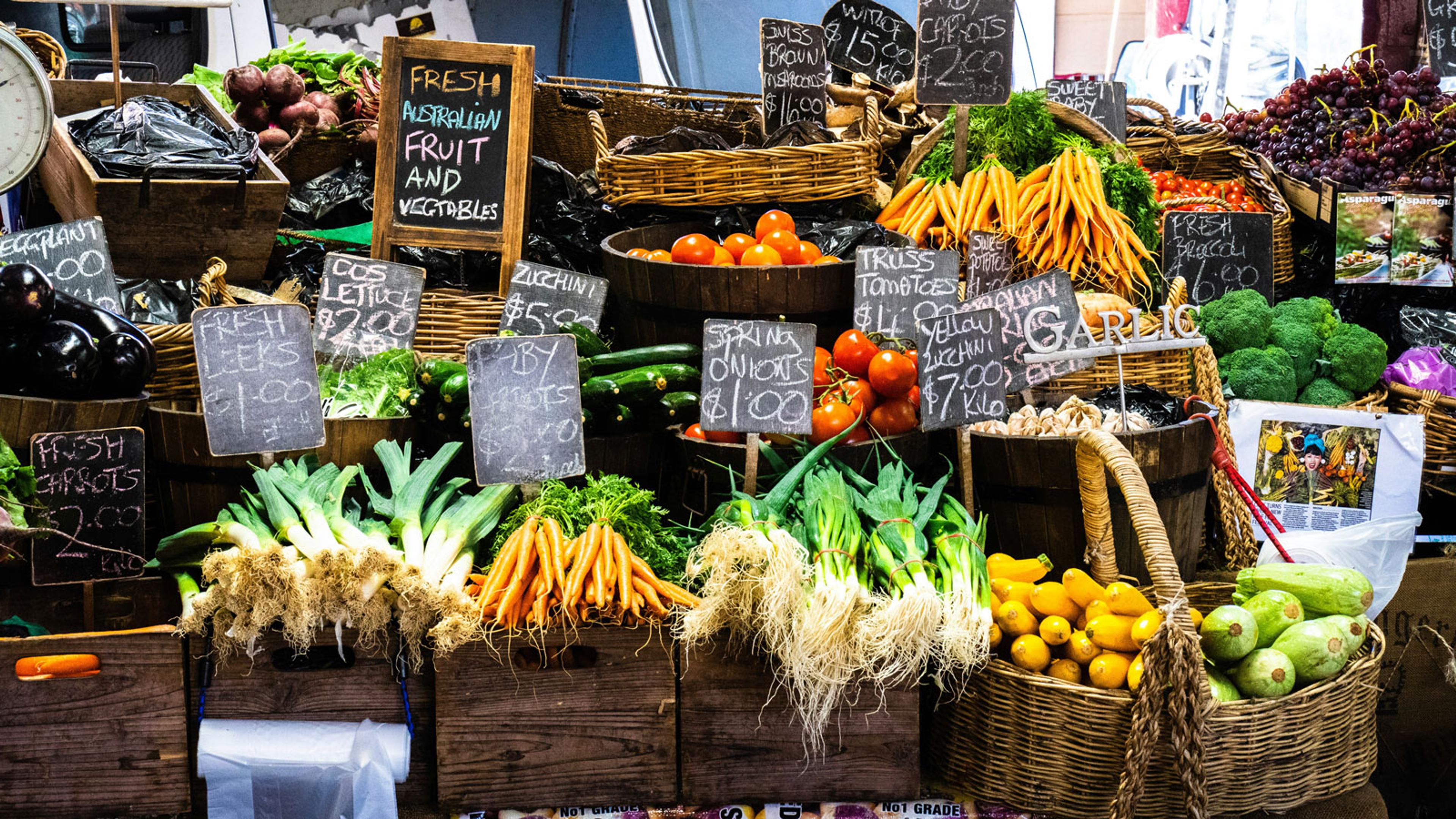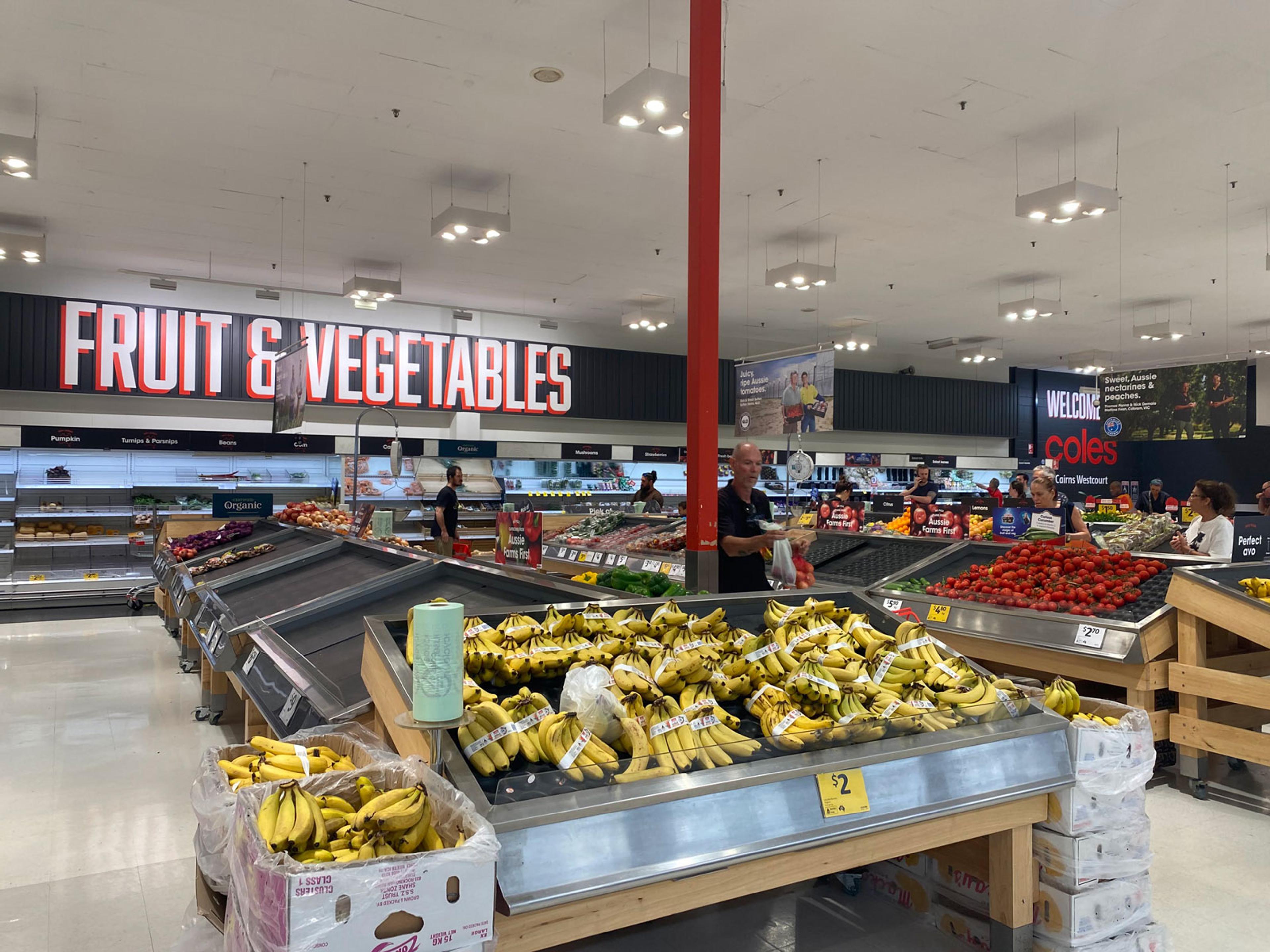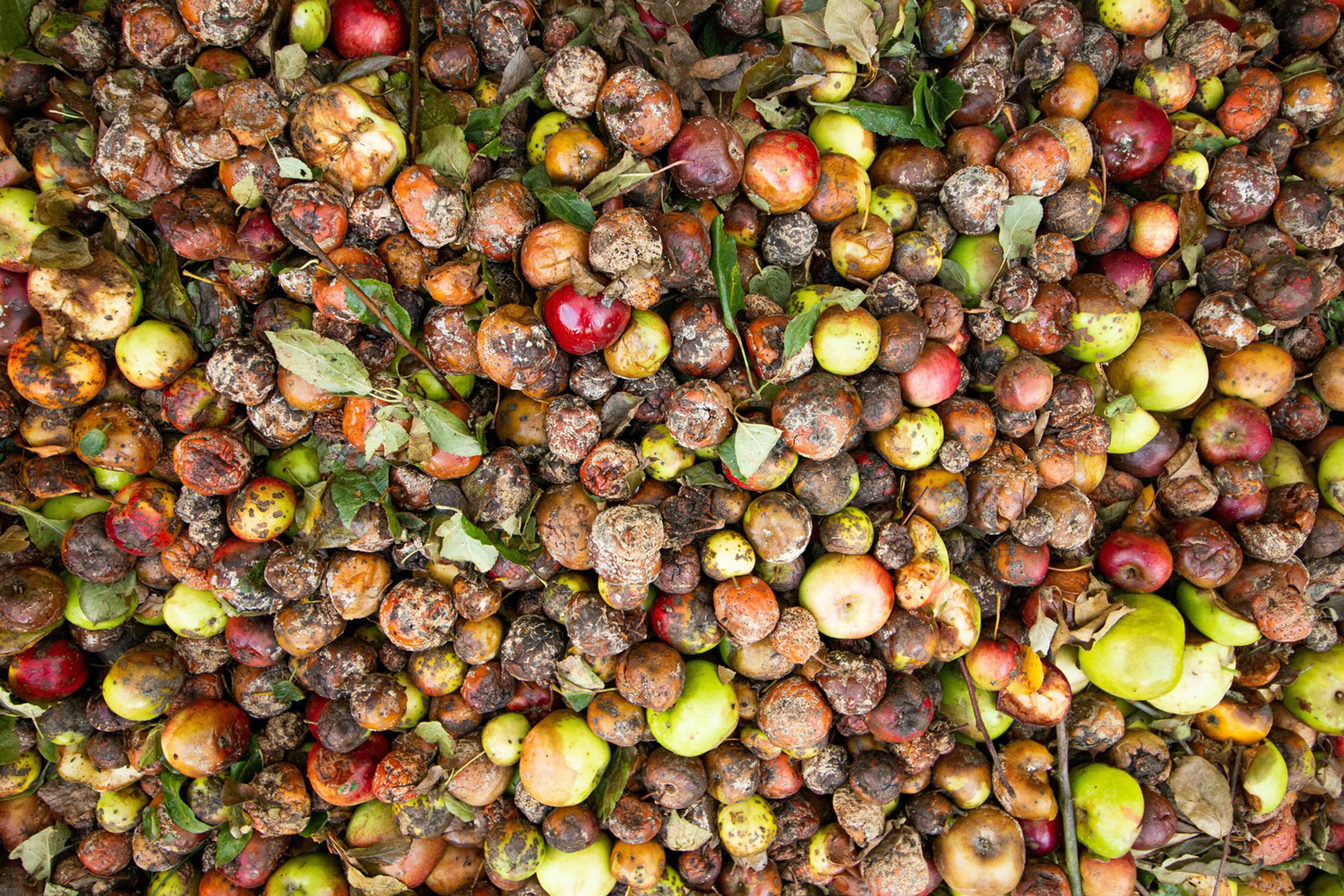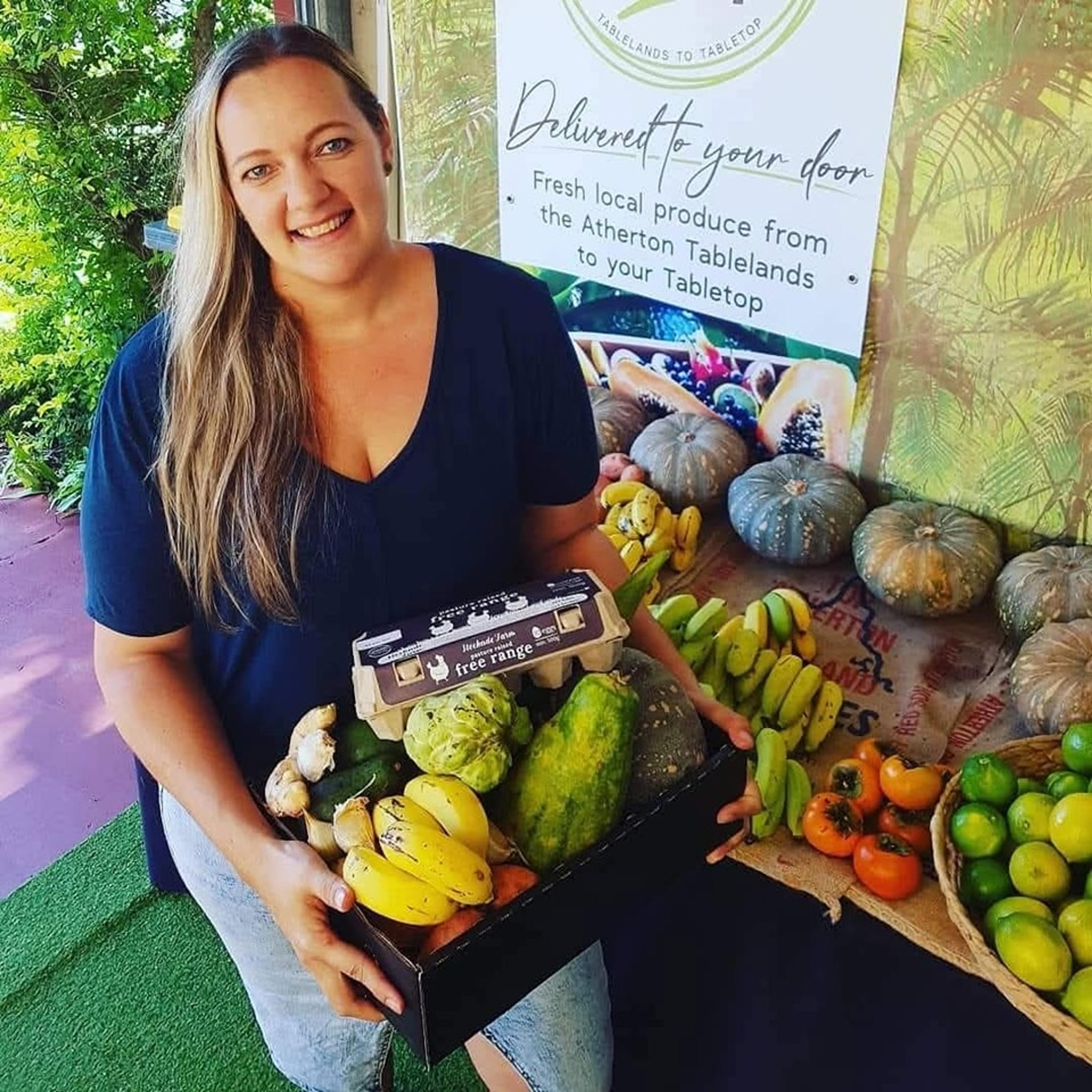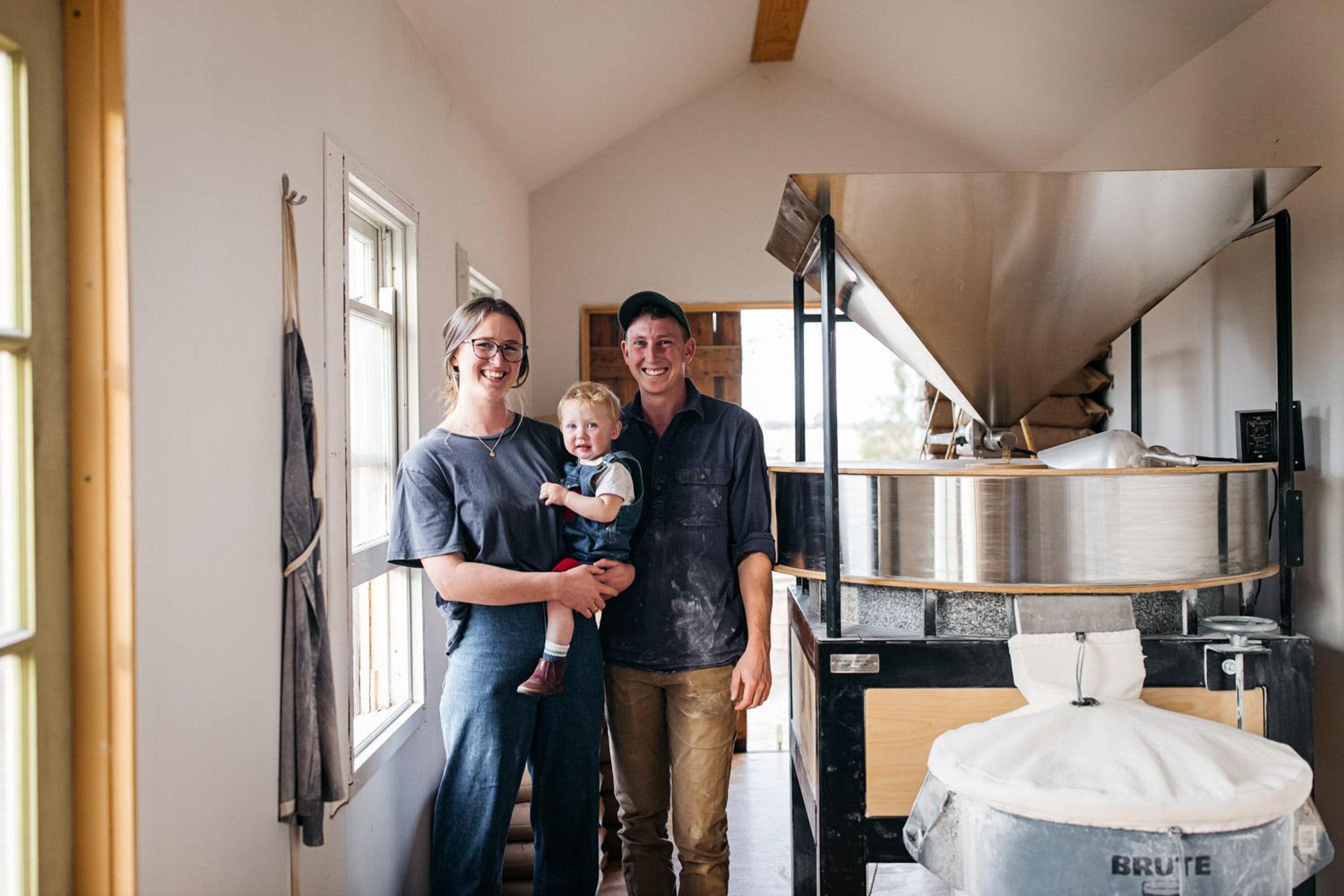Why Local, Regenerative Food Systems Are the Future
Imagine a world where food is cherished as a vital connection to our natural environment. In this landscape, every bite we take is a reminder of the sustainable and regenerative practices that nurture our planet. Instead of obscuring the ecological costs, our food system illuminates the value of biodiversity, soil health, and water conservation. This shift transforms our perception, from seeing food as a mere commodity to recognising it as a precious resource that supports both our well-being and the Earth's resilience.
In this new paradigm, short supply chains and community-supported agriculture replace the supermarket-dominated model, reconnecting us with the land and the dedicated farmers who steward it. Imagine local markets bustling with fresh, seasonal produce, each item a testament to the care and dedication of regenerative farmers.
Sounds great, right? Let’s unpack how we make it happen.
The Hidden Costs of Global Supply Chains and Food From Nowhere
Currently, industrial food production relies heavily on long supply chains that span the globe. This system prioritises efficiency and cost reduction but often at the expense of people and planet. Food is frequently shipped across continents for processing before it reaches the consumer. For example, it is not uncommon for Australian-grown produce to be sent to Asia for processing and then shipped back to Australia for sale. This process significantly increases the food's carbon footprint due to the extensive transportation involved.
Additionally, countries across the world are often importing and exporting large quantities of the same foods. For example, in 2017, the US both imported and exported nearly half a million tons of potatoes and close to 1.5 million tons of beef. This is often driven by policies aimed at increasing GDP and economic growth rather than what works best from a sustainability and animal welfare perspective. According to Local Futures, this practice exacerbates the environmental impact of food production and distribution by creating unnecessary transport emissions and resource use.
The dominance of supermarkets in our food system further compounds these issues. Supermarkets offer a wide variety of products year-round, often sourced from far-flung locations, creating an illusion of abundance. This availability perpetuates the expectation that food should always be cheap and convenient. However, this model also comes at a high environmental cost, contributing to greater greenhouse gas emissions and resource depletion.
The COVID-19 pandemic exposed the vulnerabilities of these global food supply chains. Disruptions in transportation and labour shortages highlighted the risks of relying on distant producers and complex logistics. One notorious example of this fragility in Australia occurred when lettuce prices skyrocketed to $12 per head due to supply chain disruptions and extreme weather events, which severely affected local production.
Climate change further exacerbates these vulnerabilities. Droughts, floods, and bushfires can disrupt food production and supply chains, leading to shortages and increased prices. In February this year, monsoon rains in Far North Queensland cut off delivery routes and supermarket shelves were left empty for nearly two weeks. This happened despite the region being a significant food bowl, highlighting the fragility of our food system in the face of climate change. “We’re experiencing more shocks to our food supply from geopolitical conflicts, pandemics and climate change – floods, storms and fire. These shocks have impacts throughout food systems, which are leading to rising food prices and growing food insecurity," says Dr Rachel Carey, Senior Lecturer in Food Systems at the University of Melbourne.
"We’re experiencing more shocks to our food supply from geopolitical conflicts, pandemics and climate change – floods, storms and fire."
Supermarket shelves were left bare following monsoon rains in Far North Queensland.
Regenerative Approaches and Shorter Supply Chains
Shorter supply chains, which prioritise local production and consumption, offer a path towards a more regenerative food system. By sourcing food locally, we can reduce the environmental impact of transportation, support local economies, and build stronger connections between consumers and producers. This reconnection fosters a deeper appreciation for the seasons, the effort involved in food production, and the importance of reducing waste, as well as improving animal welfare and climate resilience.
Reconnecting with Food and Seasons
Buying directly from local producers helps consumers understand seasonal availability and the natural cycles of food production. This connection encourages more mindful consumption, as people become more attuned to the rhythms of nature and the limitations of what can be sustainably produced at different times of the year.
Reducing Waste
In Australia, food waste accounts for approximately 7.6 million tonnes annually, which equates to about 312 kg per person. Shorter supply chains can help address this issue. In a localised system, food does not need to travel as far, reducing the likelihood of spoilage. Producers can better match supply with demand, minimising surplus and ensuring that more food reaches consumers in optimal condition. This approach not only reduces waste but also supports the local economy by keeping money within the community.
In Australia, food waste accounts for approximately 7.6 million tonnes annually, which equates to about 312 kg per person.
Improving Animal Welfare
Short supply chains significantly enhance animal welfare by reducing stress and disruption in the production process. Traditional meat production often requires multiple stages of transport, including trips to sale yards, feedlots, and abattoirs. These journeys expose animals to unfamiliar environments, causing prolonged stress and discomfort.
Innovative approaches like Provenir’s on-farm meat processing eliminate unnecessary transport, allowing animals to live their entire lives in a familiar, low-stress environment. This not only prioritises animal well-being but also reduces the environmental impact of transport, cutting down emissions and resource use associated with long supply chains.
Resilience in the Face of Climate Shocks
Regenerative short supply chains are inherently better equipped to withstand climate shocks. “One of the issues with our food supplies at the moment is that food supply chains are optimised for sourcing food from all over the country, but we don’t have good ways of getting locally grown food to local people. It doesn’t make sense, in a world of increasing floods, storms and other extreme weather events that can cut off major food supply routes, for all our food to be sourced at a great distance,” shares Dr Carey.
Unlike long, complex supply chains, localised networks enable faster adaptation and more direct support for producers and consumers. In 2022, when unprecedented floods disrupted farms and infrastructure in New South Wales and Queensland, Food Connect leveraged its strong relationships with farmers, streamlined value chains, and intimate knowledge of the local landscape to adapt quickly. By coordinating centralised drop-off points, communicating with farmers and drivers, and tweaking delivery operations, they were able to continue providing fresh food to customers with minimal disruption.
Food Connect’s success lies in its deliberate design for resilience: fewer intermediaries, strong ties to the community, and a deep commitment to localised supply chains. These characteristics allowed them to react swiftly and maintain operations, even when access roads were flooded or damaged. Moreover, their relationships with farmers and consumers helped enable recovery efforts.
A similar incident occurred in early 2025 during the flooding in Far North Queensland. When supermarket shelves were left bare, local retailer Tablelands to Tabletop stepped in to feed people. They sold 3 tonnes of produce in record time and had to hire 8 additional staff members to meet the demand. The business had direct relationships with the farmers in the region and was able to provide fresh food to locals when the supermarkets failed.
Angela Nason from Tablelands to Tabletop saw demand for local produce jump following monsoon rains in Far North Queensland.
Short supply chains are not just about environmental sustainability—they are about building robust, adaptable systems that support communities in the face of crises. As climate shocks become more frequent, these models provide a blueprint for fostering resilience and ensuring food security in an uncertain future.
Supporting Land Stewards and Local Food Systems Allies
Farmers and producers who engage in regenerative practices are stewarding the land in ways that benefit us all. These practices include crop rotation, reduced chemical inputs, and integrated pest management, which help restore soil health, enhance biodiversity, and sequester carbon. Unfortunately, transitioning to regenerative farming can be a lengthy and costly process, often taking years and requiring significant financial investment. Major barriers for farmers include these high costs, the time required for transition, limited access to knowledge, and a lack of institutional support.
Additionally, communities lack the localised infrastructure to support these farmers to process their food and get it to market. Courtney Young a regenerative farmer and co-founder of Woodstock Flour shares, “The cost of infrastructure (mill, silos, grain cleaning equipment, etc.) is a huge challenge for us.” Emma-Kate Rose from Food Connect Foundation highlights that funding is needed to enable on-the-ground coordination and support to strengthen local food systems, sharing that “Without diverse funding streams to support the soft infrastructure we will see little progress.”
“The cost of infrastructure (mill, silos, grain cleaning equipment, etc.) is a huge challenge for us.”
Courtney and Ian from Woodstock Flour recognise that small-medium scale farmers need infrastructure support to succeed.
All of these hurdles are almost impossible for farmers and food systems allies to tackle alone. Farmers shouldn’t have to bear the weight and responsibility for transitioning to regenerative agriculture when we all benefit. Governments, funders and consumers all have a role to play in enabling and strengthening regenerative, short supply chains so that farmers and food systems allies can focus on doing the work they do best, growing delicious food for their communities. Young emphasised the need for initiatives that support young farmers and producers, as well as infrastructure grants for processors, cooperative and collaborative project trials, mentoring programs, and impact investment with more flexible financial return expectations than conventional investment.
It’s Time for Transformation
Reimagining our food system through the lens of shorter supply chains and regenerative practices is essential for creating a sustainable future. It requires a shift in how we value food—not just as a commodity but as a crucial component of our ecological and social well-being. By reconnecting with the sources of our food, we can begin to address the hidden costs of production, build more resilient communities, and support the land stewards who are essential to the health of our planet. By investing in shorter supply chains and supporting local, regenerative practices, we can foster a more sustainable and equitable food system that benefits everyone.
Support the work Sustainable Table is doing to enable climate resilient, short supply chains and donate today.
